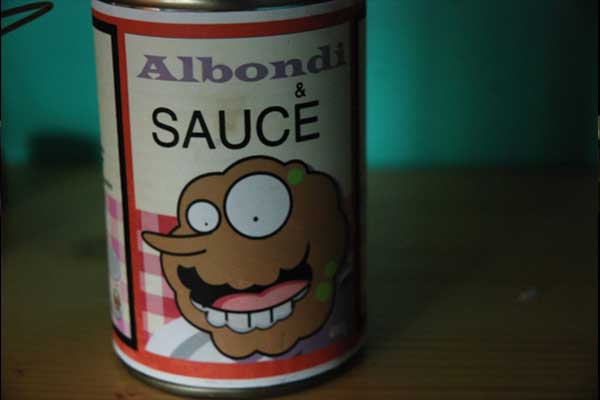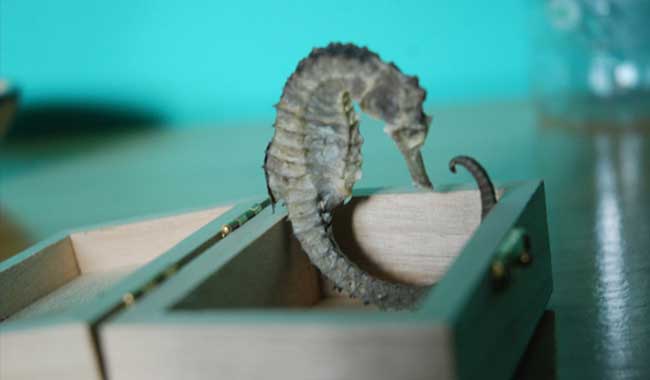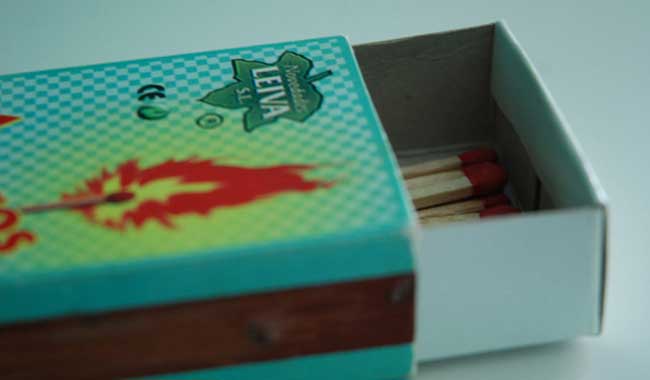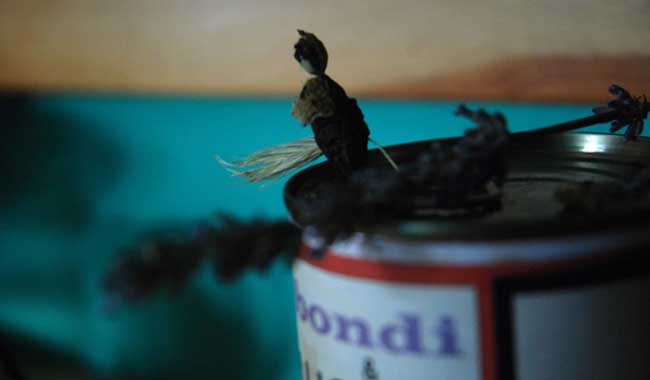

CONVIRTIÉNDO A DIÓGENES EN UN FETICHE
Serie Fotográfica
2011



La ropa vieja. Los vestidos. Parte de nosotros mismos, al usarlos, conservan un rastro de vida, aunque quién los usó ya no exista. Y así, esa segunda piel del ser humano es un emblema metonímico de una presencia ausente. Christian Boltanski. "Advenimimento y otros tiempos"
La ropa, los objetos de los que nos servimos para nuestras tareas diarias, aquellos que nos pertenecen y hacemos nuestros acaban encarnándonos.Old clothes. Dresses. There are a part of ourselves, when we use them, they keep a trace of life, even if who use them doesn't exist. That way, that second skin of human being is a metonymic emblem of an absent presence. Christian Boltanski. "Advent and other times"
Clothes, objects that we use in daily tasks, those who belong to us and make ours finally embody us.
In view of the death of a loved one, usually family should throw out everything that belonged to him or her to be able to overcome the sorrow of the death and don’t remain anchored in tragedy. However, a lot of them don’t want to lose that object or garment that embodies him. Gervasio Sánchez in an interview told the anecdote (if it could be called that way) in which a woman that photographed with the occasion of his son’s death during the war in Colombia. This old woman, told how her daughters, on psychologists recommendation, took away from the house all her son’s possessions to help her assume the death and overcome suffering. However, she, against that plundering of possessions saved two shirts secretly, that showed the photographer in secret too to not be discovered by her daughters.
These shirts were what kept the old lady involved with her son, although she was not conscious it was to her own detriment. The object, so, in a general way is presented originally as a device with a practical aim; but at the same moment that human being experience comes into play, that increases its value and takes a new meaning. So, this piece starts to develop a genuine story created by its owner. These inert objects start to have a confidential and intimate story full of life.
It’s usual that the individual one day finds all the objects saved in the past to cling to an experience, a memory or a person; but then arrives a moment in which there are so many things that it becomes something unhealthy. All of us become a naïve Diogenes who have his hopes of keeping his life in these small objects.
We want to cling to our memory and what we make is a tangible is a stock list of our memories from the objects.
The poetics of the daily object achieved a real entity, not only for what it is but for the evocation that involves.
The work develops that idea. In a personal manner, I captured those things raised into the category of “entities” or “fetish”, by their owners because they keep them joined to the most important people of their lives. These pieces, in general, of a small size, even ephemeral sometimes and other times mere souvenirs are stored in a mechanic and cyclical way in different corners of the room, but when arrives the moment to move we are not able to get rid of them.
Captures are deliberately “amateurs”, reflecting details of the objects in a close up and in its original location. I use photography as the way to authenticate and dignify them, since being captured I could resort to them as many times as I wanted because their essence will be there, even if the sender doesn’t already exist.